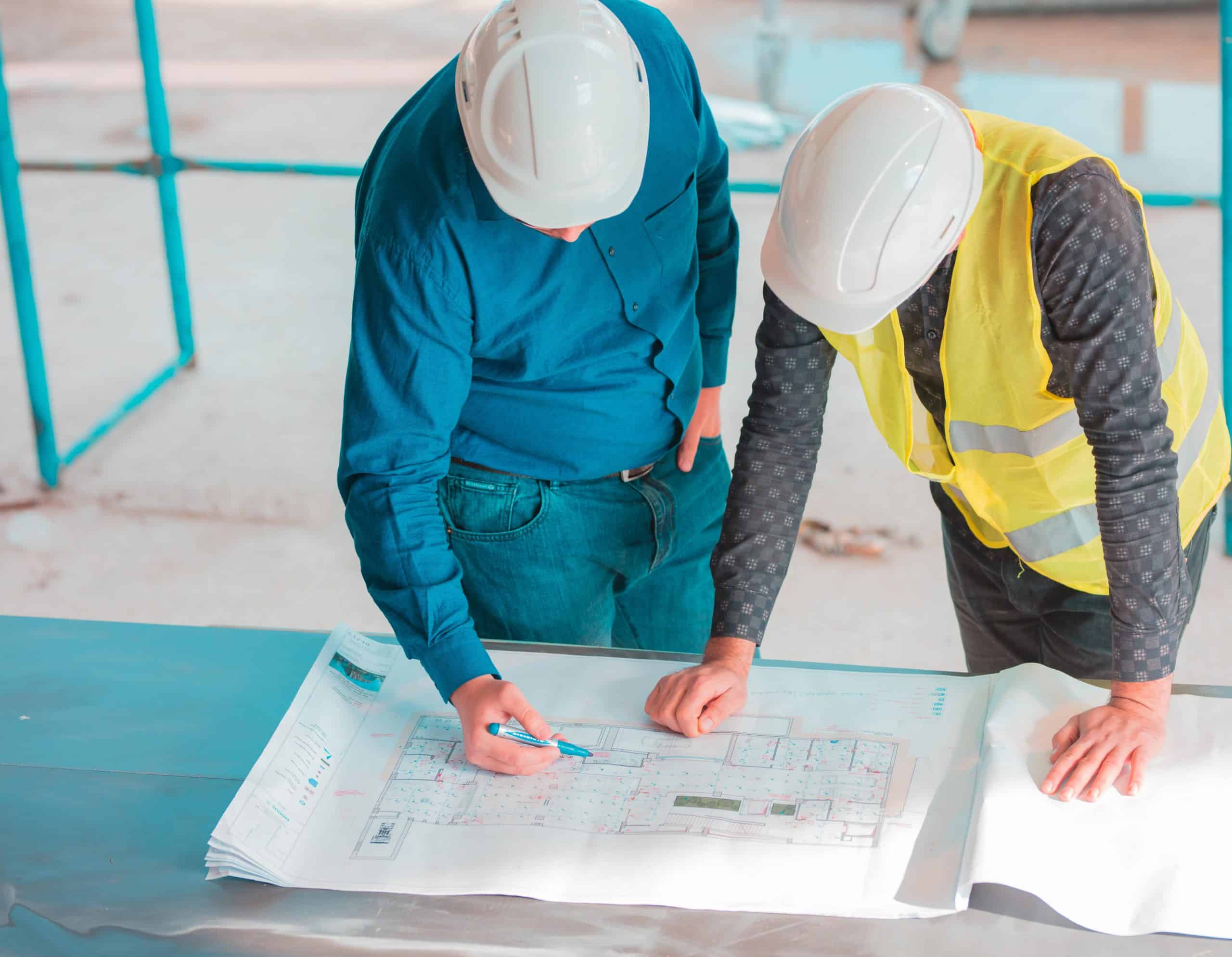The energy industry (including oil and gas drafting) is engineering- and labour-intensive, making cost reduction a part of the business mandate. Since the last few years, oil and gas companies have endured tumultuous times. While upstream energy companies are coping with the increasing commodity prices and competition for oil reserves, downstream energy firms find it difficult to contend with declining margins and refining capacity problems. The decline in production, increasing exploration costs and demand-supply volatility have only added to the troubles. Energy companies are looking to decrease costs across the board in a move to consolidate company-wide spending.
Another key area that energy companies are looking to overcome is talent shortage. Due to cost pressures, they are forced to innovate and adopt newer technologies. This investment is not only for the engineering function of an energy firm, but for other low priority areas as well. Outsourcing non-core areas of mechanical engineering is seen as a key driver in cost control and also a potent tool for expanding into core business functions.
Oil and Gas Drafting Services
- Upstream Services
- Downstream Services
- Procurement
- General Management
- Plant Layout Design
- Factory Automation
- Piping Design
- Design Automation

ADVANTAGES OF AUSTRALIAN DESIGN AND DRAFTING SERVICES
- Access to a large pool of highly-trained engineers
- Reduction in development costs
- Improved operating efficiency
- Boost in innovation
- High-speed development
- Reduced time to market
- Cost competitiveness
Advantages of Oil & Gas Drafting and Design Service
Oil and gas drafting and design services play a crucial role in the planning, constructing, and maintaining facilities in the oil and gas industry. These services offer several advantages:
- Accuracy and Precision: Oil and gas drafting and design services use advanced computer-aided design (CAD) software and technology to create accurate and precise drawings and plans. This reduces the likelihood of errors during construction and minimizes costly rework.
- Compliance with Regulations: The oil and gas industry is highly regulated, with stringent safety and environmental standards. Drafting and design services ensure that projects adhere to these regulations, reducing the risk of regulatory violations and associated penalties.
- Cost Efficiency: Proper design and planning at the drafting stage help identify potential issues and optimize the use of resources, leading to cost savings in the long run. Efficient designs can also minimize the need for changes during construction.
- Improved Safety: Safety is paramount in the oil and gas industry. Drafting and design services consider safety factors, ensuring facilities are designed with the highest safety measures to protect workers, the environment, and nearby communities.
- Faster Project Completion: Efficient drafting and design processes can expedite project timelines by streamlining construction and reducing delays caused by design flaws or changes.
- Asset Management: Properly documented and designed facilities make managing and maintaining assets easier over their lifecycle. Maintenance schedules and procedures can be developed more effectively, extending the lifespan of equipment and infrastructure.
- Quality Control: Drafting and design services maintain quality control by providing standardized design and drafting practices. This consistency ensures that all projects meet the same high-quality standards.
- Collaboration and Communication: Clear and well-documented drawings and plans facilitate effective communication among project stakeholders, including engineers, contractors, and regulators. This helps ensure everyone is on the same page and working towards the same goals.
- Sustainability: With growing concerns about environmental impact, drafting and design services can incorporate sustainable practices into the design, such as energy-efficient systems, waste reduction, and environmental protection measures.
- Risk Management: By identifying potential risks and hazards in the design phase, drafting and design services can help develop mitigation strategies, reducing the likelihood of accidents and unexpected disruptions during construction and operation.